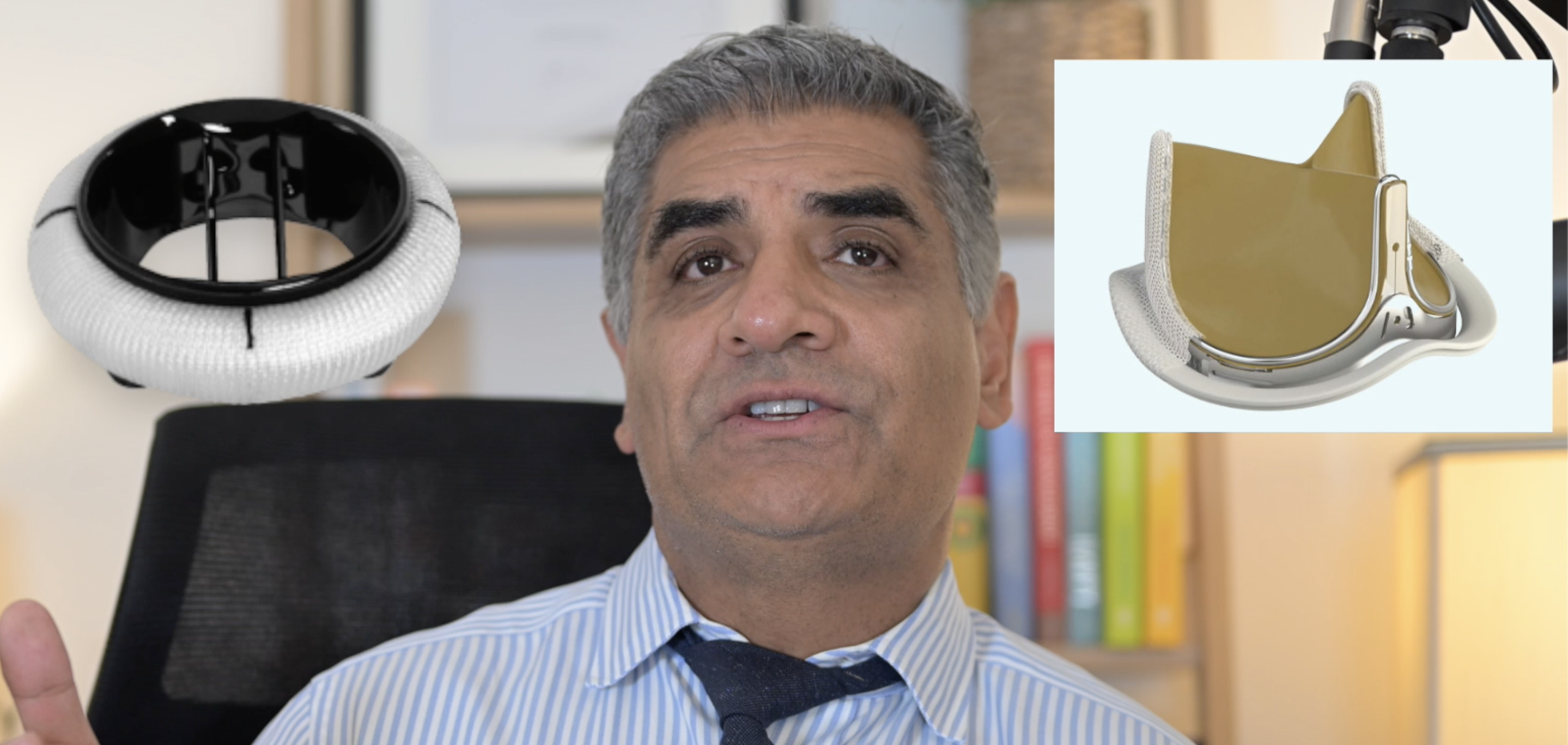Everything you need to know about leaky aortic valve treatment

Introduction
Aortic valve regurgitation, often referred to as a leaky heart valve, occurs when the aortic valve fails to function properly, leading to a reverse flow of blood. This valve plays a critical role in ensuring blood flows from the left ventricle to the aorta in one direction. However, when this process is disrupted due to a leak, it can have significant implications on heart health.
Understanding Aortic Valve Regurgitation
At the outset, the heart compensates well for this leakage, but over time, complications arise. As blood continually leaks back into the ventricle, the heart begins to swell, impacting its efficiency. Patients might experience fatigue, breathlessness, and eventually, heart failure. Recognizing the cause, effect, and severity of the leak becomes pivotal for cardiologists and cardiac surgeons.
Causes and Diagnosis
Several factors can trigger aortic valve regurgitation, such as calcification, congenital anomalies like floppy valves, infections, or conditions like Marfan syndrome. Pinpointing the cause involves a series of diagnostic tests conducted by a cardiologist and heart surgeon to assess the severity, secondary issues, and associated symptoms.
Tailored Treatment Approach
Treatment strategies vary based on the cause and severity of the condition. Isolated valve issues may necessitate specific valve treatments, while cases where the aorta is affected might require comprehensive approaches, addressing both the valve and aortic concerns.
Treatment Options: Mechanical vs. Tissue Valves
For isolated aortic valve replacement, patients often have two primary options: mechanical valves or tissue valves. Mechanical valves are durable but require lifelong blood thinners, whereas tissue valves, though not as long-lasting, eliminate the need for blood thinners.
The choice between these valves often depends on age, lifestyle preferences, and the risk of future interventions. Recent advancements like TAVI (transfemoral aortic valve implantation) offer minimally invasive alternatives, particularly for failed tissue valves, reducing the need for surgery.
Keyhole Procedures: Enhanced Recovery Options
Additionally, keyhole procedures, performed through small incisions, have revolutionized aortic valve replacements. Techniques like anterior right thoracotomy involve minimal incisions, shorter recovery times, and reduced discomfort for patients.
Conclusion
Understanding the intricacies of aortic valve regurgitation and its treatment options is crucial for making informed decisions. By delving into the cause, severity, and available treatments, patients can work with their medical teams to select the most suitable approach for their condition.
Learn More
For further insights into specific aortic valve conditions like bicuspid valve disease or aortic root aneurysms, explore our linked videos at the end of the one at the heading of this article or visit our YouTube page.
Stay updated with our channel for the latest information on heart health and treatments. Subscribe to receive alerts about new content.
Final Thoughts
The landscape of aortic valve treatments has evolved significantly, offering safer, more effective solutions. By understanding the root cause of valve problems, patients can make informed choices about their treatment paths.

